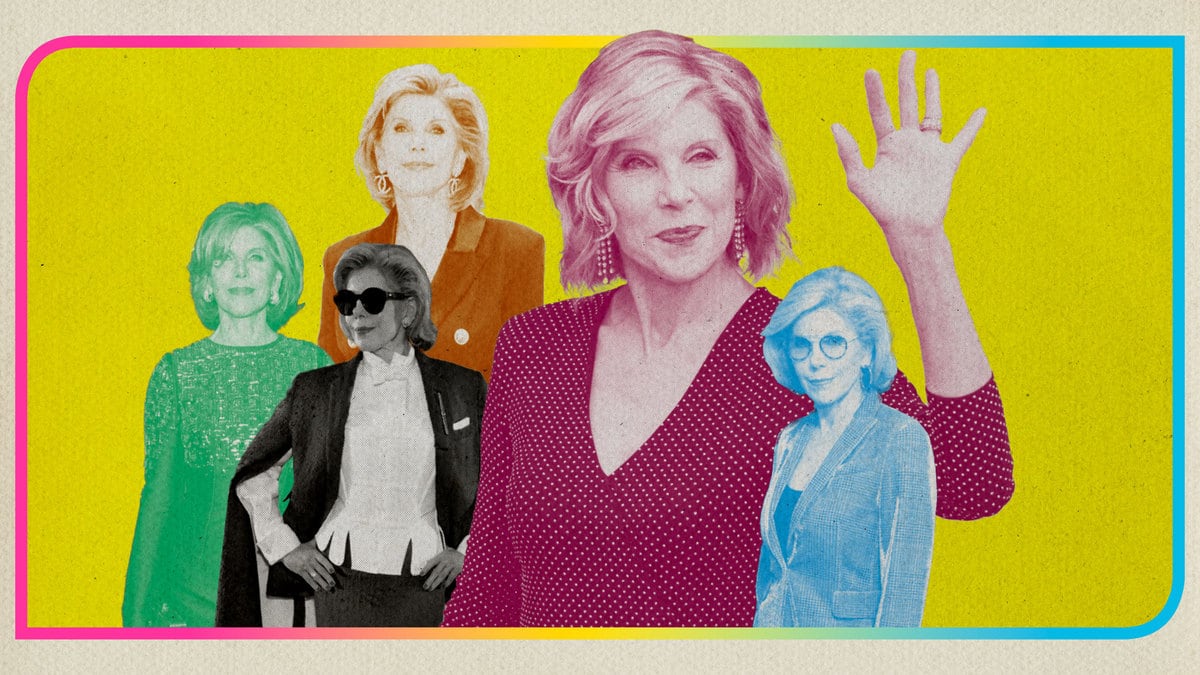‘The Good Fight’ Let Christine Baranski Vent Her Anti-Trump Rage
THE MASTER
After 13 years playing Diane Lockhart, Baranski is hanging up her designer blazer. She tells Obsessed how the show changed her life—and helped channel her anger at the world.






